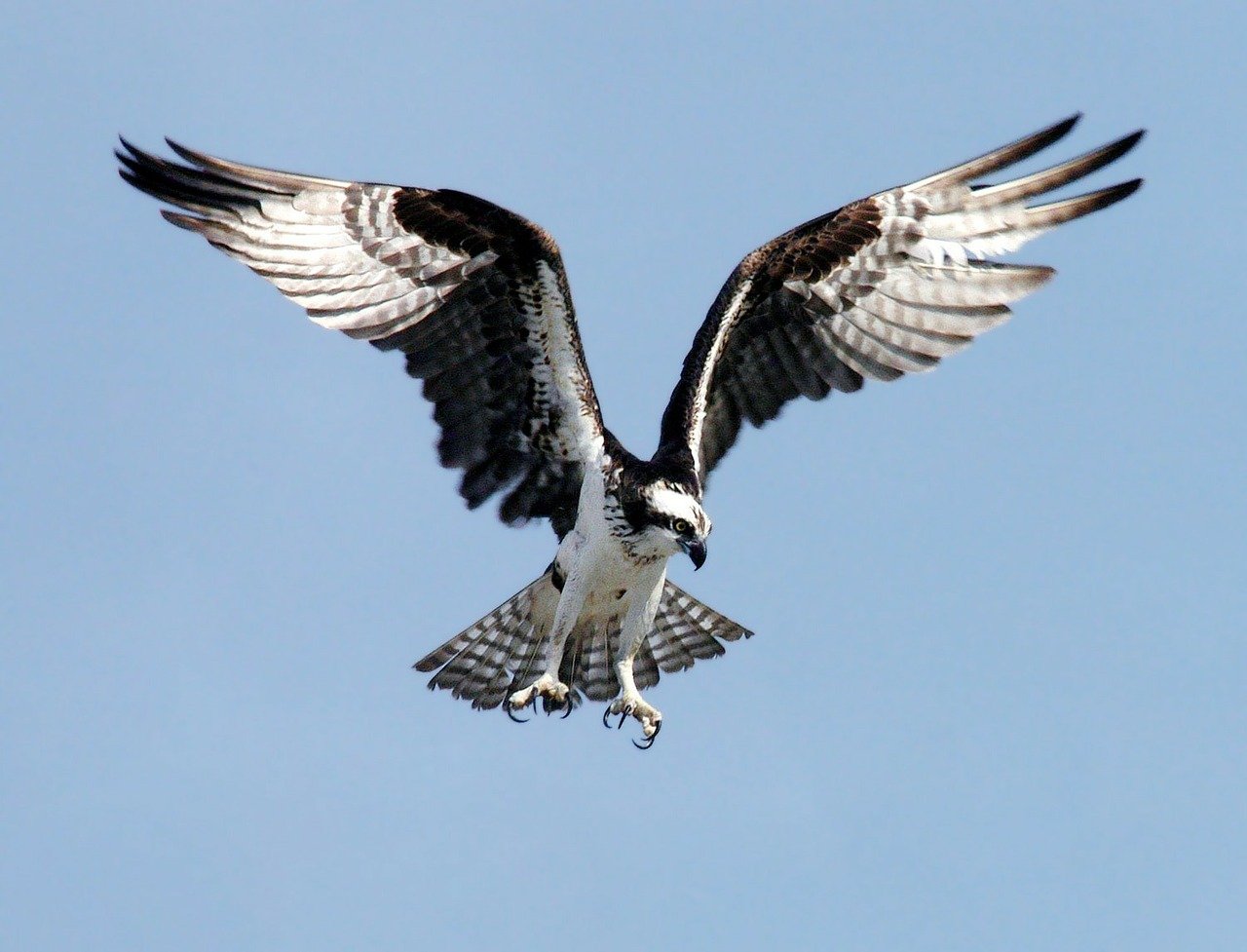Vindberoende flygteknik hos födosökande fiskgjusar Pandion haliaetus
DOI:
https://doi.org/10.34080/os.v16.22711Nyckelord:
födosöksekologi, rovfågel, flygekologiAbstract
We studied the foraging technique of Ospreys Pandion haliaetus during different wind speed conditions at Lake Hammarsjön, Sweden in autumn 2003. Different fishing techniques were used with a shift in relation to wind speed: (1) without hovering, (2) hovering with pure flapping flight, (3) hovering with flapping flight and gliding into the wind, and (4) hovering with pure gliding. The results supported our predictions that hovering is constrained at low wind speeds and gliding restricted to wind speeds exceeding 7 m/s. Mixing flapping and gliding flight when hovering may be done as a trade-off between increased fishing efficiency associated with flapping flight and energy-saving combined with gain in total hovering time associated with gliding intervals. The relationship between hovering time and wind speed differed significantly between males and females. At wind speeds up to about 3.0 m/s, the hovering time increased more steeply with increasing wind speed for males than for females. In contrast, hovering time was shorter for males than for females at high wind speeds. The juveniles showed a lower mean, smaller scatter, and less increase in hovering time along the wind speed gradient.
Nedladdningar

Downloads
Publicerad
Referera så här
Nummer
Sektion
Licens
Författaren/författarna innehar copyright för varje enskilt bidrag, men samtliga bidrag är publicerade under en Creative Commons-licens, så att vem som helst kan dela och återanvända bidraget förutsatt att copyright-innehavaren erkänns.







